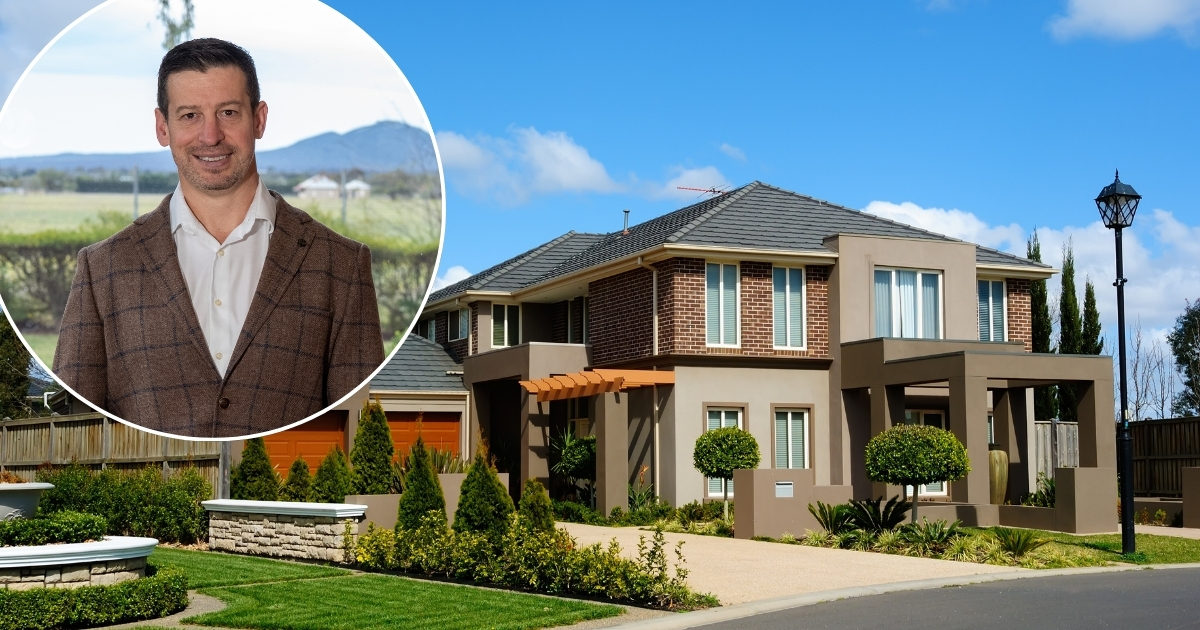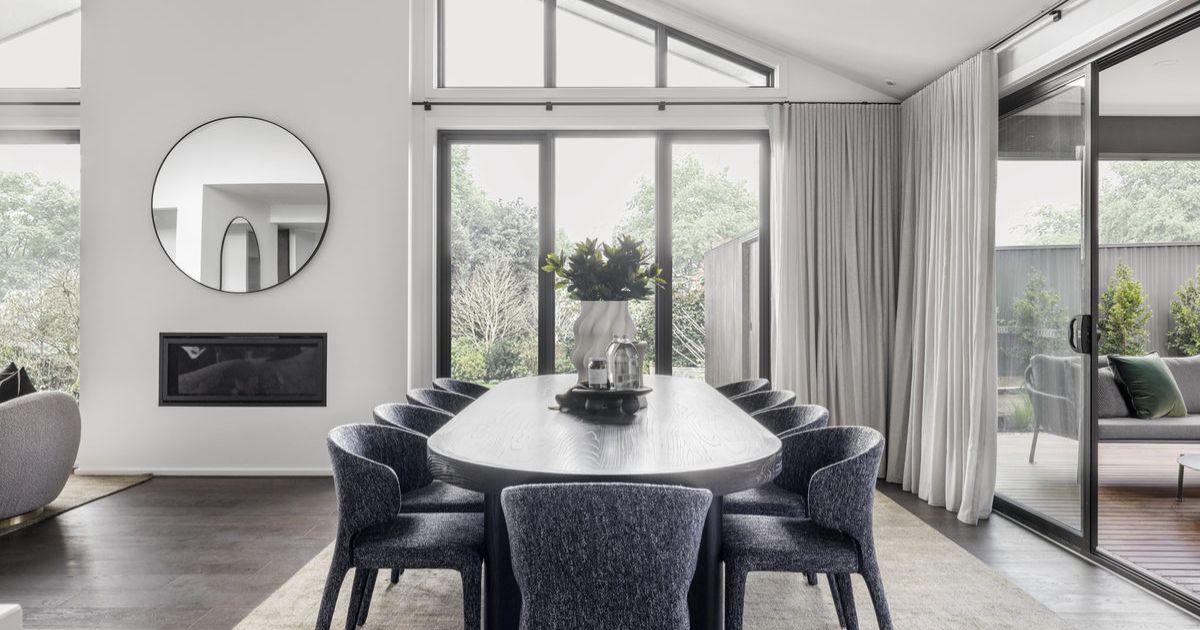Consider home staging when selling your house
No matter which point of the market you are selling at, professional home staging is the single most powerful tool at your disposal to positively affect the selling price of your home.
Staging is more than a new lick of paint or the addition of a few cushions and throws; it is a psychological mechanism which, when executed with taste and skill, has been proven to positively influence buyers, often without them even realising why.
How is this so? Property stylists are experts in understanding that buying a home is an emotive experience rather than a logical one – it is a lot like falling in love.
Even the smallest faults can place seeds of doubt in a buyers mind but conversely, tiny details can also trigger a connection to a property which will find buyers digging that little bit deeper into their pockets to secure it.
With the property market currently experiencing a lull, vendors need to make their property stand out over the competition and home staging is the best way to achieve that.
The impact Research has shown that a whopping 40 per cent more people inspected homes which had been staged, lured by stunning images shown online.
Furthermore, 77 per cent of buyers’ agents attested to the fact that home staging increased the ability for buyers to envision the home as their own.
Other studies suggest that home staging sells a home on average 73 per cent faster – compelling numbers indeed.
Whilst it is hard to put a figure on the return of investment for home staging, anecdotal evidence suggests it can lift the sale price 5, 10 and even up to 20 per cent – depending on the property and the scope of work involved.
How it works To create a home someone can picture themselves living in, a home stylist will aim for a balance between inviting warmth and neutral elegance; offering the potential for a buyer to stamp their individual tastes.
They will dress the home sympathetic to the era and design of the home.
Using a range of tools including lighting, colour, fabrics, furnishings and accessories they can maximise positive facets of a room whilst minimising or camouflaging drawbacks or flaws. Examples of this may be:
Using sleek modern window treatments to improve the entrance of natural light
Sizing and placement of furniture to create feelings of space or to encourage social interaction
Defining and demarcation of living zones and bedrooms through furniture placement
Using colour to reflect the use of a room or natural fragrances to create an emotive response in a buyer
Creating a setting using furniture and accessories where a prospective buyer feels an emotional response – ideally a compulsion to sit and stay a while.
Staging can also make larger rooms feel warmer, cosier and more inviting through the placement of furniture, lighting and flooring such as area rugs.
It can also define areas, delineating the use of a room by moving furniture away from walls and strategically placing them to encourage social interaction and create balance.
The psychology of colour Professional home stagers are able to advise which colours will complement the style of your home as well as those which will suit both the mood and purpose of a room.
A colour palette should build a theme, enhancing flow between rooms and feature walls designed to add impact. Some examples of how colour can be used are:
Red – raises the energy level in a room, great as a feature wall in a family room but avoid in sleeping areas.
Yellow – use sparingly to create brightness, avoid in babies rooms as it has been found to stimulate crying.
Blue tones – lower the heart rate and thus is ideal for bedrooms.
Green – depending on the tone, can be used in any room of the house.
If you are considering selling your home, professional staging should be a priority.
It will attract buyers by increasing internet traffic which will translate directly to foot traffic through the front door.


















